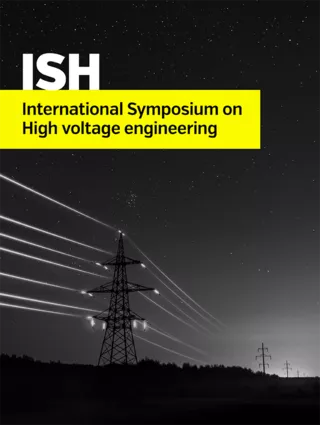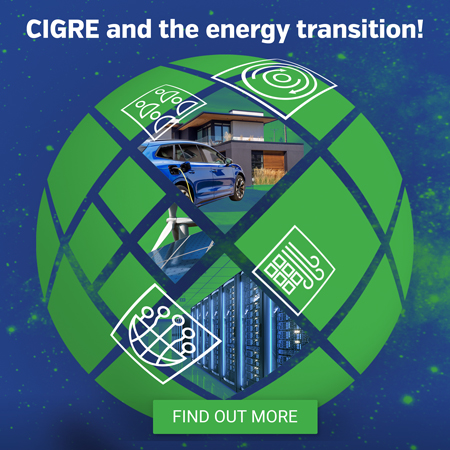Summary
The application of high voltage pulsed electric field is an alternative technique to conventional thermal methods for treatment of liquid foods. The survival rate and energy density, as a function of the electric field distribution and the treatment time, are conflicting objectives, featuring a problem of multi-objective optimization. In this paper, a finite element analysis and optimization techniques are coupled in order to generate Pareto-optimal solutions for these two objectives. The design variables are the number of pulses, the applied voltage and specific dimensional values of the electrode arrangements. A 3D finite element algorithm is implemented in Matlab® in order to numerically calculate the electric field distribution inside the treatment chamber filled with a liquid. The electric field distribution inside the chamber, combined with a prediction model proposed by Hulsheguer, is used to evaluate the survival rate. The energy density is numerically calculated as a function of the electric field distribution, the treatment time and the liquid volume inside the chamber. Each combination of the matrix of design of experiments (DOE), consisting of the design variables, is performed using finite element algorithm in order to obtain the survival rate and the energy density. The maximum electric field intensity within the treatment chamber is limited to 50 kV/cm, in order to prevent electrical breakdown within the liquid. Based on DOE results of the survival rate and electric density, polynomial regression models of second order are constructed, representing the two objective functions for the multi-objective optimization. A genetic algorithm NSGA-II is used to find the Pareto-optimal solutions. Three electrode arrangements are studied in the numerical simulations for a cylindrical treatment chamber: cylindrical needles, parallel plates and coaxial. A generic liquid of conductivity 2mS/cm is considered with a homogeneous distribution of bacteria E. coli. The results show that the system with coaxial electrodes has better Pareto-optimal solutions in comparison with the other arrangements. With such electrode arrangement, it is possible to obtain a 5.9 log reduction for the survival rate and an energy density from 50.4 to 532 KJ/kg.
Additional informations
| Publication type | ISH Collection |
|---|---|
| Reference | ISH2017_199 |
| Publication year | |
| Publisher | ISH |
| File size | 1 MB |
| Pages number | 6 |
| Price for non member | Free |
| Price for member | Free |
Authors
BRAUN, KOTLAN



